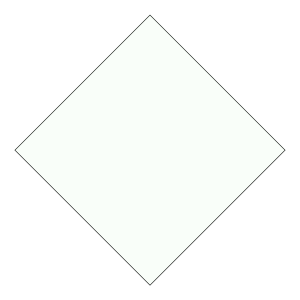This math topic focuses on identifying symmetric shapes and is part of an introductory unit on 2D shape classification in geometry. The questions present pairs of shapes and ask which one is symmetric, helping students to understand and recognize lines of symmetry in basic 2D shapes. Each question offers a choice between two visual representations of shapes where the learner must select the symmetric one. This fundamental geometry skill is crucial for developing spatial awareness and understanding the properties of different shapes.
Work on practice problems directly here, or download the printable pdf worksheet to practice offline.
more2D Shape Symmetry - Which is Symmetric Worksheet

| Math worksheet on '2D Shape Symmetry - Which is Symmetric (Level 1)'. Part of a broader unit on 'Geometry - Shape Classification (2D) - Intro' Learn online: app.mobius.academy/math/units/geometry_shapes_2d_classifying_intro/ |
1
| Which of these shapes is symmetric? |
a

b

2
| Which of these shapes is symmetric? |
a

b

3
| Which of these shapes is symmetric? |
a

b

4
| Which of these shapes is symmetric? |
a

b

5
| Which of these shapes is symmetric? |
a

b

6
| Which of these shapes is symmetric? |
a

b

7
| Which of these shapes is symmetric? |
a

b
